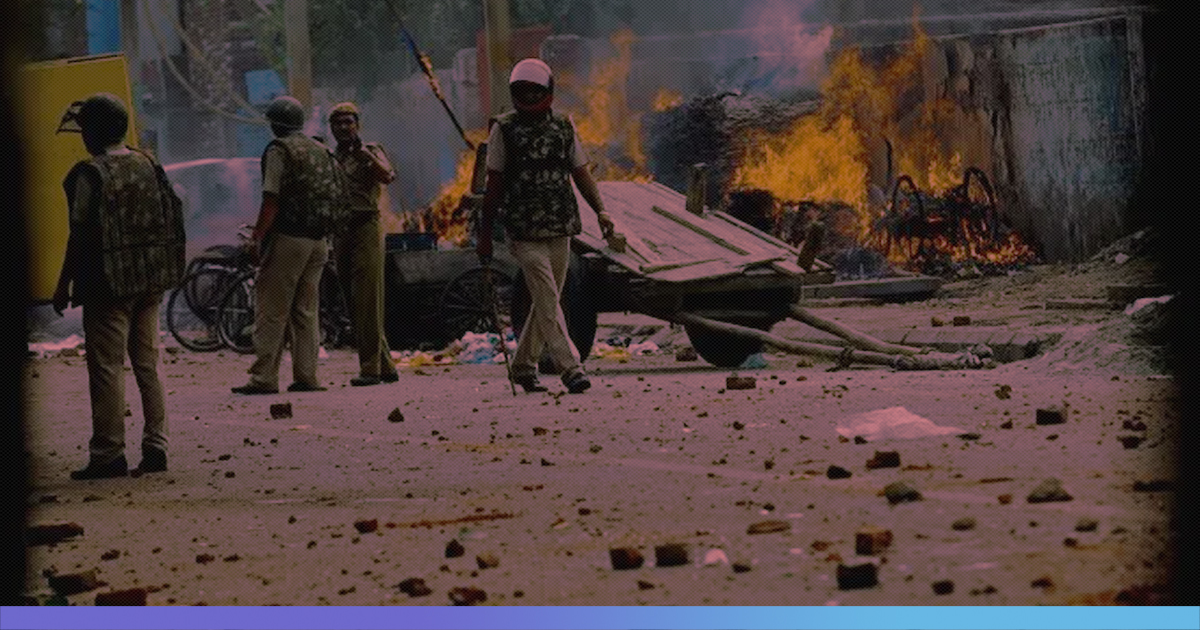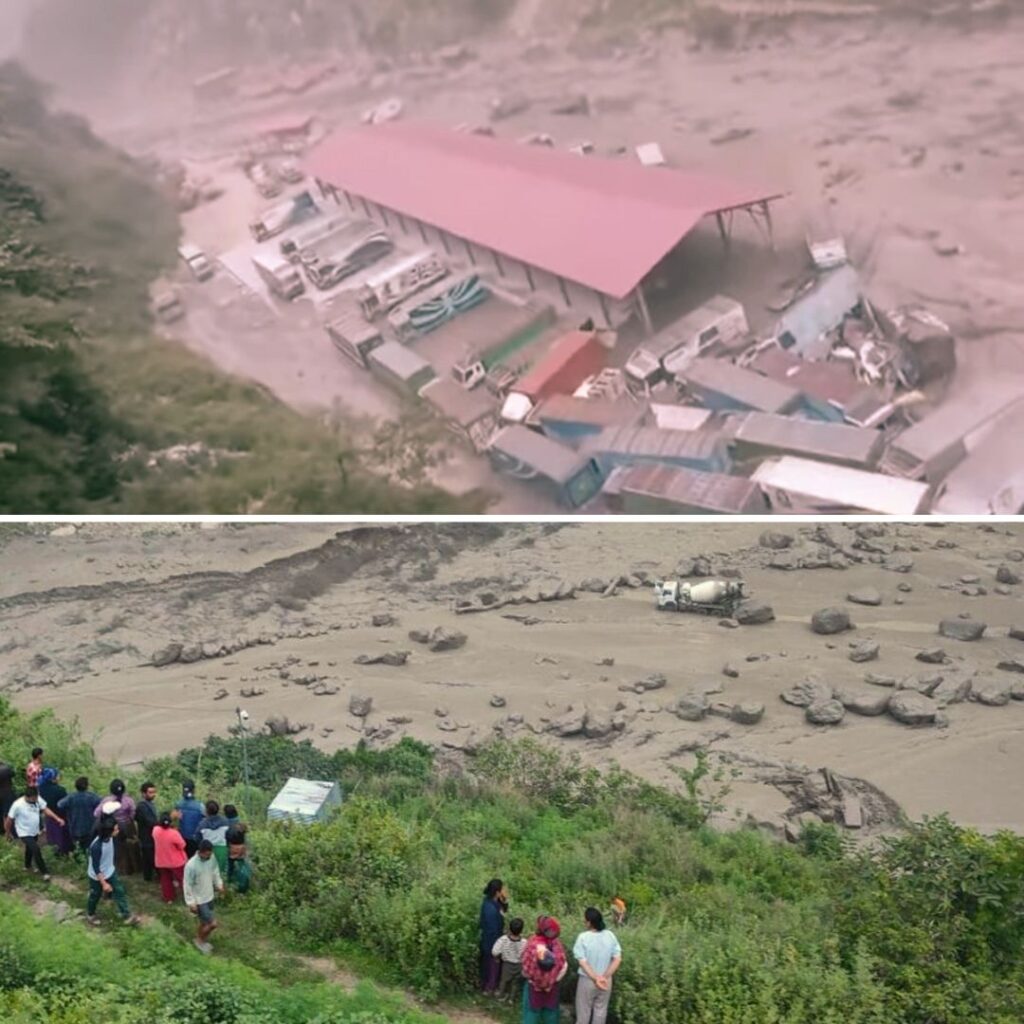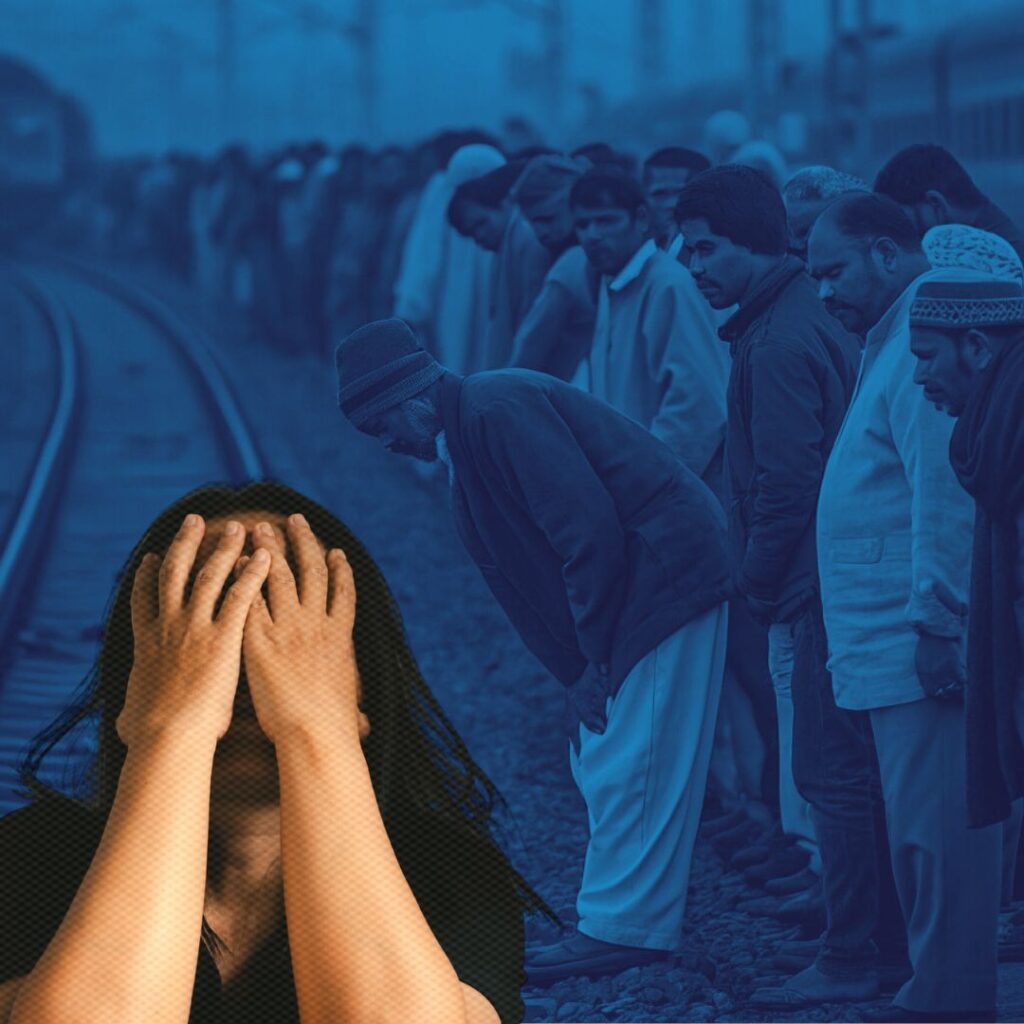In a first, the National Crime Records Bureau (NCRB) has introduced a chapter on ‘Crimes By Anti-National Elements’ in its report released for 2017.
A total of 1450 crime cases have been reported in the record for all of India’s states and union territories, categorised between ‘Terrorists (including Jihadi Terrorists), Naxalites/Left Wing Extremism (LWE), and North-East Insurgents. But the report does not define who a Naxalite, Jihadi Terrorist, Left Wing Extremist or an Insurgent is, as pointed out by The News Minute.
For the first time since the publication of crime data in the country, the NCRB has introduced such a chapter.
As per the data, the most number of crimes were committed by Naxalites or LWEs, totally amounting to 652.
Under ‘Incidents Of Violence By Anti-National Elements’, the former sub-group topped the list for the most number of attacks on army or police camps and other establishments. It also accounted for the highest number of civilians and security personnel killed and members who had surrendered.
‘Terrorists (including Jihadi terrorists)’ stood second in almost every parameter, just behind the Naxalites/LWEs.
Manipur had the highest account of crimes committed by terrorists, just ahead of Jammu and Kashmir, with a total of 199 crimes. Delhi was the only Union Territory for 2017 to have witnessed terrorist crimes with its total standing at 6 reported incidents.
Chhattisgarh fared the worst as it recorded a disproportionately high number of crimes committed by Naxalites/LWEs, with an aggregate of 492. The second highest record of crimes committed by Naxalites/LWEs in a state was for Manipur at 84.
Jharkhand, Kerala, Rajasthan, and Uttar Pradesh were the only non-North Eastern states affected by North-East insurgents. Manipur, again, had the highest number of crimes recorded against North-East insurgents standing at 317.
However, as per the report, in 2017, 961 Naxalites/LWEs, 11 ‘Jihadi’ terrorists and 12 ‘other’ terrorists were arrested. Of this, 265 were female and a total of 300 Naxalites/LWEs and one ‘other’ terrorist surrendered.
The report also covered the number of arms that were taken away from the police and the Central Armed Police Forces (CAPFs). Pistols snatched away at a number of 1154, were at the top of the list followed by ‘other firearms’ at 252, and ‘guns’ at 225.
Although the number of mobile phones taken away by the ‘anti-national elements’ was zilch in 2017, mobile phones were one of the most recovered items that year with the police and CAPF succeeding in retrieving 222 sets, second to the ‘others’ – an unidentified category of items retrieved from ‘anti-national elements’.
The data also showed that the police/CAPF had caught hold of 12 kg of drugs and 1.26 crores in cash, from the listed sub-groups.
Interestingly, with this new addition to the crime record, NCRB has left out data on mob lynchings, Khap and religious killings and the murder of influential personalities because it was rumoured that the agency had begun a massive data overhaul exercise under former NCRB Director Ish Kumar. It was under him that the bureau reviewed and added new sub-heads of mob lynching and murder for religious reasons among others.
“It is surprising that this data has not been published. This data was ready and fully compiled and analysed. Only the top brass would know the reason why it has not been published,” an official privy to the data collection process told The Indian Express.
The decision to collect data on lynchings had been taken due to the sharp increase in the number of lynching incidents across the country through 2015-16. The motive was that such data collection would help the government formulate better policies in tackling such crimes, as per the officials.
Also Read: Crime Against Women Highest In UP, Says NCRB Report











